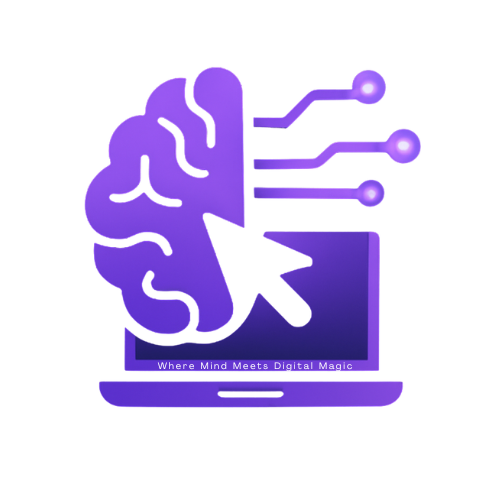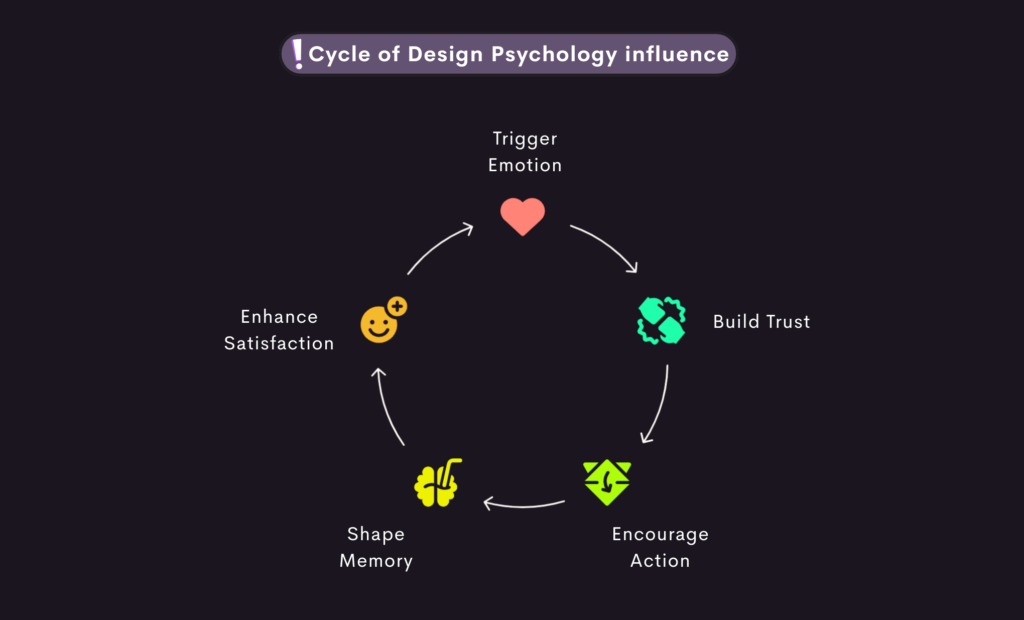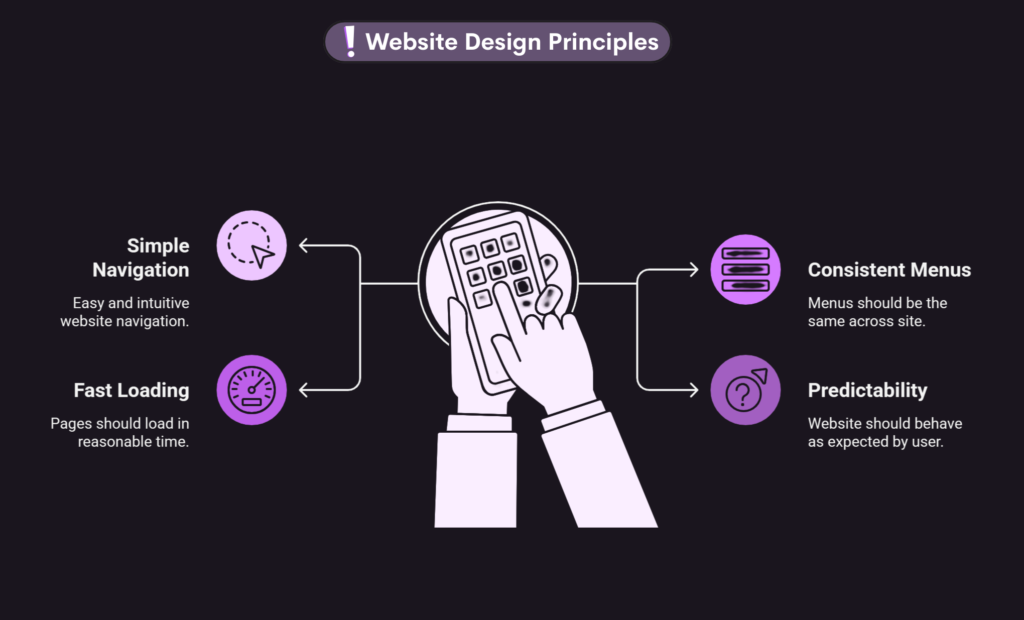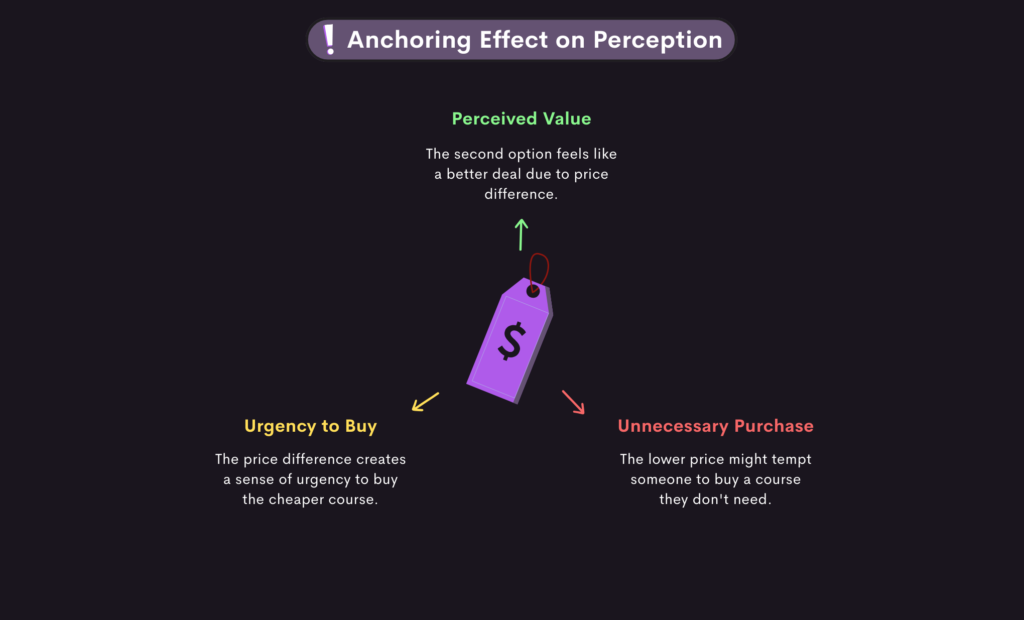Whether you’re a designer, writer, or curious user, this guide gently walks you through how digital experiences are crafted to influence your behavior—and how understanding them makes you more intentional online.
Digital psychology plays a big role in how we scroll, click, and shop online 🛒— often without us realizing. Have you ever wondered why you suddenly click “buy now” even when you didn’t plan to?
In the world of websites, what you see isn’t random — it’s designed to guide your brain, spark emotion, and gently nudge you to take action 👉✨. This isn’t just about “pretty” design; it’s about how psychological principles are used to shape your online behavior.
In this article, we’re diving deep into the psychology of digital design — not just to sell products, but to influence trust, decisions, memory, and even curiosity. Let’s decode how this works:
What is Design Psychology?
Design psychology is the science of how visual and behavioral cues influence our decisions when interacting with digital content.
From color and layout to micro-interactions and navigation paths, every design choice can:
- Trigger emotion
- Build trust (or break it)
- Encourage action
- Shape memory and satisfaction
Whether you’re buying shoes, booking a course, or even reading an article, design psychology plays a huge role in your experience.
1. Digital Psychology & the Shopping Mindset
Let’s get real: Most of us don’t shop logically online. We shop emotionally first, then justify it with logic later.
This is where color, layout, spacing, and copy come in. According to behavioral psychology, our brain scans a page in under 0.05 seconds. If it feels safe, familiar, and exciting — we stay.
Studies show:
- Warm colors (like orange or red) can increase impulse buying
- Cool colors (like blue) increase trust and calm
- A clean layout reduces cognitive load, making it easier to decide
💻 Design Tip: Want people to stay? Balance visual interest with clarity. analytics
2. Mirror Neurons & Relatability
When you see a smiling face on a website, your brain might literally mirror that emotion. This is because of something called mirror neurons — they activate when we observe someone else’s experience.
That’s why lifestyle imagery, inclusive models, or real human testimonials perform better than generic stock photos.
It’s not about showing any person — it’s about showing someone your visitor can relate to.
💻 Use this in: service pages, testimonials, hero images
3. The Zeigarnik Effect & Unfinished Loops
Ever started a quiz and couldn’t stop? That’s the Zeigarnik Effect in action — a psychological principle that says we remember incomplete tasks more than completed ones.
Web designers use this to:
- Get people to sign up before showing full content
- Make loading bars, step-by-step checkouts, or progress indicators
- Keep users engaged with “Unlock the next step” prompts
It’s not manipulation. It’s motivation — using your brain’s natural need for completion.
4. Navigation Design Through Digital Psychology
A confusing website = instant bounce.
Why? Because humans are cognitive misers — we avoid mental effort.
Trust is built when:
- Navigation is simple and expected
- Menus are consistent
- Pages load quickly
- There’s a sense of predictability
In design psychology, this is known as processing fluency — the easier something is to understand, the more we believe it’s credible.
💻 Design wisely: Your menu and layout should feel like walking into a clean, organized room — not a maze.
5. Dopamine & Interactive Design
Ever hovered over a button and it gently changes color? Or clicked something and got instant feedback? That’s called micro-interaction design — and it’s designed to activate your brain’s dopamine system.
Dopamine = reward chemical
Micro-interactions = tiny “rewards” for engagement
These interactions make users feel:
- Curious
- Empowered
- Like they’re in control
💻 You don’t need fireworks — even tiny visual cues can guide action and increase conversions.
6. The Rule of Familiarity
In digital psychology, the more familiar something is, the safer it feels.
We’re hardwired to trust:
- Buttons that look like buttons
- Forms with expected fields
- Layouts that feel familiar
🧠 Psychology Tip: Your website should feel like a conversation — not a puzzle.
7. How Digital Psychology Uses Subtle Anchoring
Anchoring is a psychological effect where we rely too heavily on the first piece of info we see.
Online, this could be:
- The price you first saw
- A countdown timer
- A “limited seats” note
Even if it’s not consciously processed, your brain uses this as a reference point. This affects how we perceive value, urgency, or even product quality.
Example: If you see a course priced at $199, then another at $79 — the second one feels cheaper, even if you don’t need it.
How Digital Psychology Goes Beyond Buying
Design psychology isn’t only for selling — it’s for:
- Building trust
- Sharing stories
- Boosting engagement
- Making people feel safe
In today’s digital world, empathy meets strategy through design. The more we understand the human mind, the better we can build experiences that actually connect.
Whether you’re designing a shop, a blog, a brand, or a movement — psychology is your best friend.
Want your brand to feel right from the first glance?
Let colors do the talking. See which shades match your message and vibe perfectly.
👉 Read the color psychology article here!
Psychology of Color in Marketing: Build Trust, Boost Clicks, and Stand Out
Final Thoughts
Design psychology is everywhere — in every scroll, swipe, tap, and purchase.
It’s not about manipulating. It’s about understanding.
When we design with awareness, we don’t just convert — we connect.
💬 What’s one design element that’s ever made you pause and think? Let’s talk about it in the comments!
Frequently Asked Questions
Digital psychology is all about the way people act and think online—that is, about why we click particular buttons, why we trust a website, or how design could affect our decisions. It’s where psychology meets technology and greatly helps to enhance websites and digital interactions.
Consider it as follows: advertising plays to our brain functions. Psychology helps design commercials that really connect with users and genuinely work, whether it’s with emotive hues, convincing phrases, or the fear of missing out (FOMO)—especially in the industry of online buying.
Customer psychology and behavioral patterns thrive in marketing. Companies learn about people’s opinions, feelings, and decisions; afterwards, they utilize that information to create truly clickable websites, messaging, or product pages.
Businesses may apply psychology by observing online behavior of individuals. From the colors of a homepage to the structure of a product page, behavioral analytics and other tools assist in revealing what works. Done properly, it is helpful rather than manipulative.
Certainly! Digital marketing is ten times more successful when one understands people’s perspective. From drawing attention to fostering trust and navigating people throughout a website—psychology is like a behind-the-scenes superpower for marketing.




2 Responses